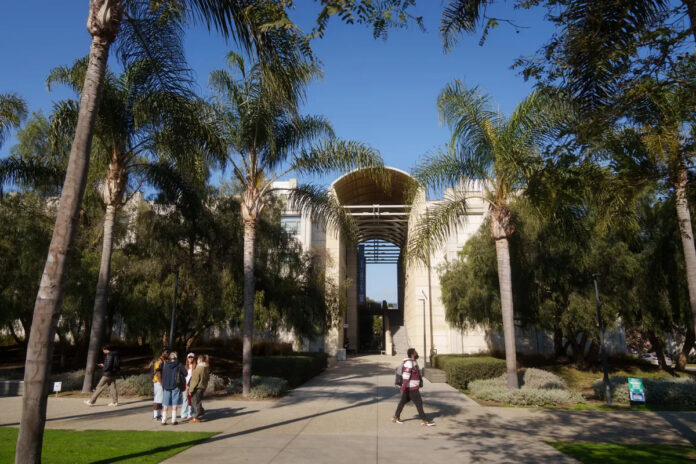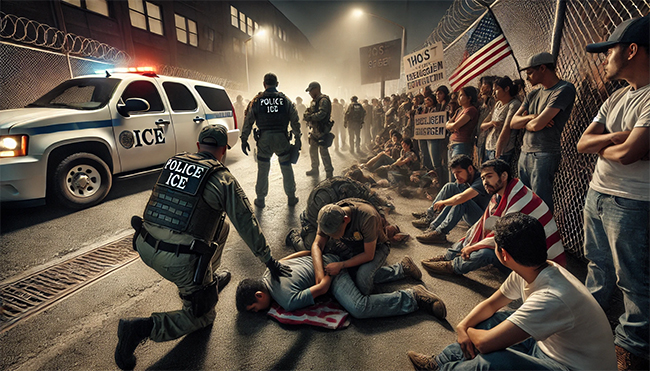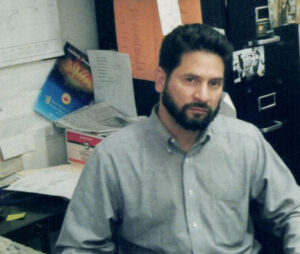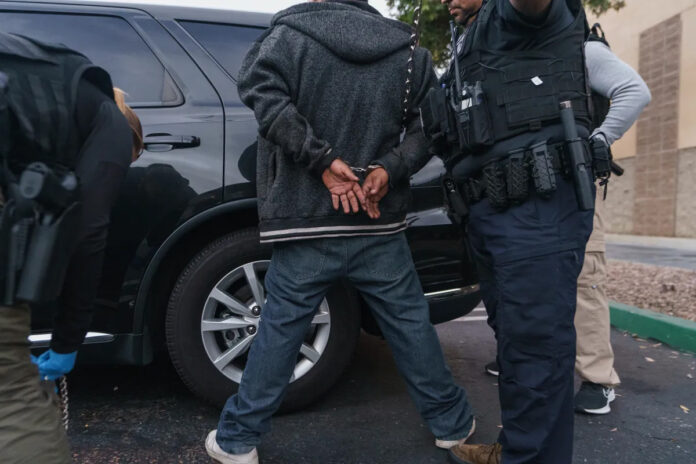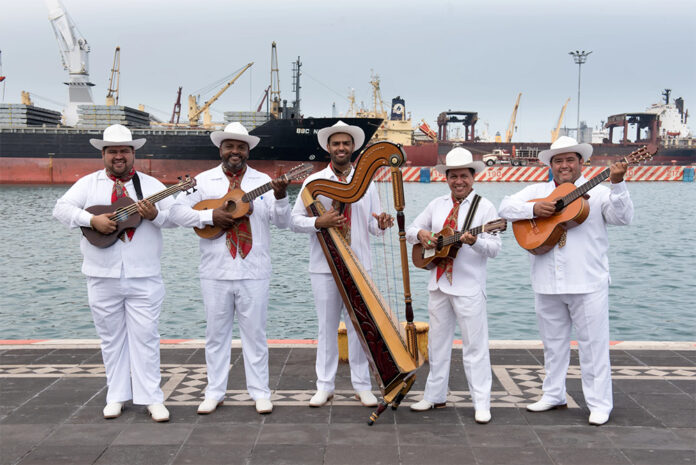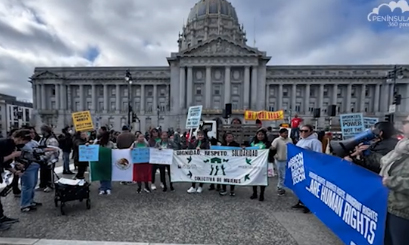A Democratic state senator in Washington wants to mandate that priests commit an excommunicable offense or face jail time for not breaking the sacred Seal of Confession
by Matt Lamb
OLYMPIA, Washington (LifeSiteNews) — Priests should break the Seal of Confession or face nearly a year in prison, according to a Democratic state senator in Washington.
Sen. Noel Frame has once again introduced legislation trying to make Catholic priests report abuse that they hear of during Confession – this time saying there will be “no exemption.” There is a hearing on a companion bill in the Washington House of Representatives today. A vote in committee is scheduled for tomorrow.
While Frame, a Democrat, said the bill will eliminate exemptions, it actually singles out priests while protecting other “privileged communications.” Spouses, attorneys, and advocates for sexual assault victims are among those who retain their right to not disclose suspicions of abuse.
Priests face automatic excommunication for violating the confessional. Canon 1386 states, “A confessor (priest) who directly violates the sacramental seal incurs a latae sententiae excommunication reserved to the Apostolic See; he who does so only indirectly is to be punished according to the gravity of the offence.”
Last year, Frame worked alongside the Washington Catholic Conference on a bill that would have created a “duty to warn the department or law enforcement when they have reasonable cause to believe that a child is at imminent risk of being abused or neglected, even if that belief is informed by information obtained in part as a result of a penitential communication.”
At the time, Sen. Frame and the Catholic conference gave contradictory explanations for the bill. Frame told her colleagues that she wanted to go further and eliminate all exemptions, but that such a bill could not pass. Meanwhile, the Catholic conference said they supported this bill because they feared a law eliminating all exemptions would pass, as LifeSiteNews previously reported.
This year, Frame is not working with the Catholic conference, which opposes her bill. She said she is a victim of childhood sexual abuse, but not by a priest. She is an adult Catholic convert who said she has left the Church.
The bill exempts priests from being forced to testify, but they would still need to go to authorities to alert them to potential abuse. This would presumably require them to identify the potential abuser – the person they heard a Confession from.
Sen. Frame dismissed what she called “religious freedom” concerns about the bill during a hearing last week.
She referenced an investigation by then-Attorney General Bob Ferguson into possible abuse cover-up by Washington Catholic leaders as a reason she could not “stomach” religious freedom objections to her bill.
“I have tried really hard over the last couple of years to find a balance and to strike a careful compromise,” she said before saying “sorry” for not being able to “make a compromise anymore.” She criticized efforts to protect clergy-penitent privilege “in the name of religious freedom.”
She said the bill does not change “prosecution,” but the law does not state that clergy won’t face it.
Survivors of sexual abuse and activists supported the bill. However, a Washington bishop and the Catholic conference spoke out against the legislation, prompting a testy exchange.
Bishop Frank Schuster, auxiliary bishop for the Archdiocese of Seattle, began his testimony by thanking abuse victims, including Frame, for sharing their stories. He shared how he was able to counsel a “young man” who came to him before he went to meet up with someone he met online. Bishop Schuster shared how in that context he was able to alert the authorities and the boy’s parents and help the person avoid a dangerous situation.
He also refuted a suggestion by one witness that Pope Francis should simply change canon law to allow for priests to reveal what they hear in Confessions.
After Bishop Schuster shared his history of helping victims of abuse, he reiterated that he appreciates what Frame is trying to do but that the law as written cannot be supported.
“You’re failing us,” Sen. Frame said, berating the Catholic bishop. She then shared she would not be raising her child as Catholic because of the Church’s opposition to breaking the Seal of Confession. She called herself a “former Catholic.”
She then compared the Church’s opposition with an “abusive relationship.”
Bishop Schuster reminded Frame he wants to work with her, but he does not have “power over the Seal of Confessional.”
Priest banned from hearing Confessions supports bill – much like failed Montana version
Also supporting the bill is Fr. Jim Connell.
It was a busy day for Connell, a retired priest, as he also spoke out that day in support of mandating priests break the Seal of Confession in Montana. He is currently not allowed to hear Confessions anywhere in the world because the Archdiocese of Milwaukee, where he is incardinated, removed his faculties.
“The removal of Father Jim Connell’s faculties to hear confessions and grant absolution in the sacrament of reconciliation remains unchanged,” Fr. Nathan Reesman, vicar for the clergy of the Archdiocese of Milwaukee, told LifeSiteNews last week.
“This restriction will remain in place as long as Father continues to falsely claim that there can ever be some exception to maintaining the confessional seal,” Fr. Reesman said. “We firmly oppose any weakening of the legal protections of the clergy penitent privilege.”
The Montana bill was tabled in committee last week, effectively killing it.
After national media coverage, that bill had been amended to protect clergy-penitent privilege but would still require priests to disclose what they hear while privately counseling someone.
Much like Sen. Frame, the Montana sponsor said that she left the Catholic Church. Like Frame, she also ignored religious freedom concerns.
“I have spoken to various faith communities” and “members of the Catholic clergy” across the country, Democrat Sen. Mary Ann Dunwell told LifeSiteNews. She said that clergy told her they could grant absolution for sins and still report abuse.
LifeSiteNews asked about the excommunicable offense of violating the Seal of Confession and how the clergy would be able to report abuse without being excommunicated. “You know that’s really off the subject of the bill, you’re going to have to ask them that,” Dunwell said during the phone interview. However, she did not provide the names and contact info of the clergy members whom she spoke to when asked during a follow-up email.
She then amended the bill, sharing how she had grown in understanding of the problems with it after discussions with Catholic leaders.



